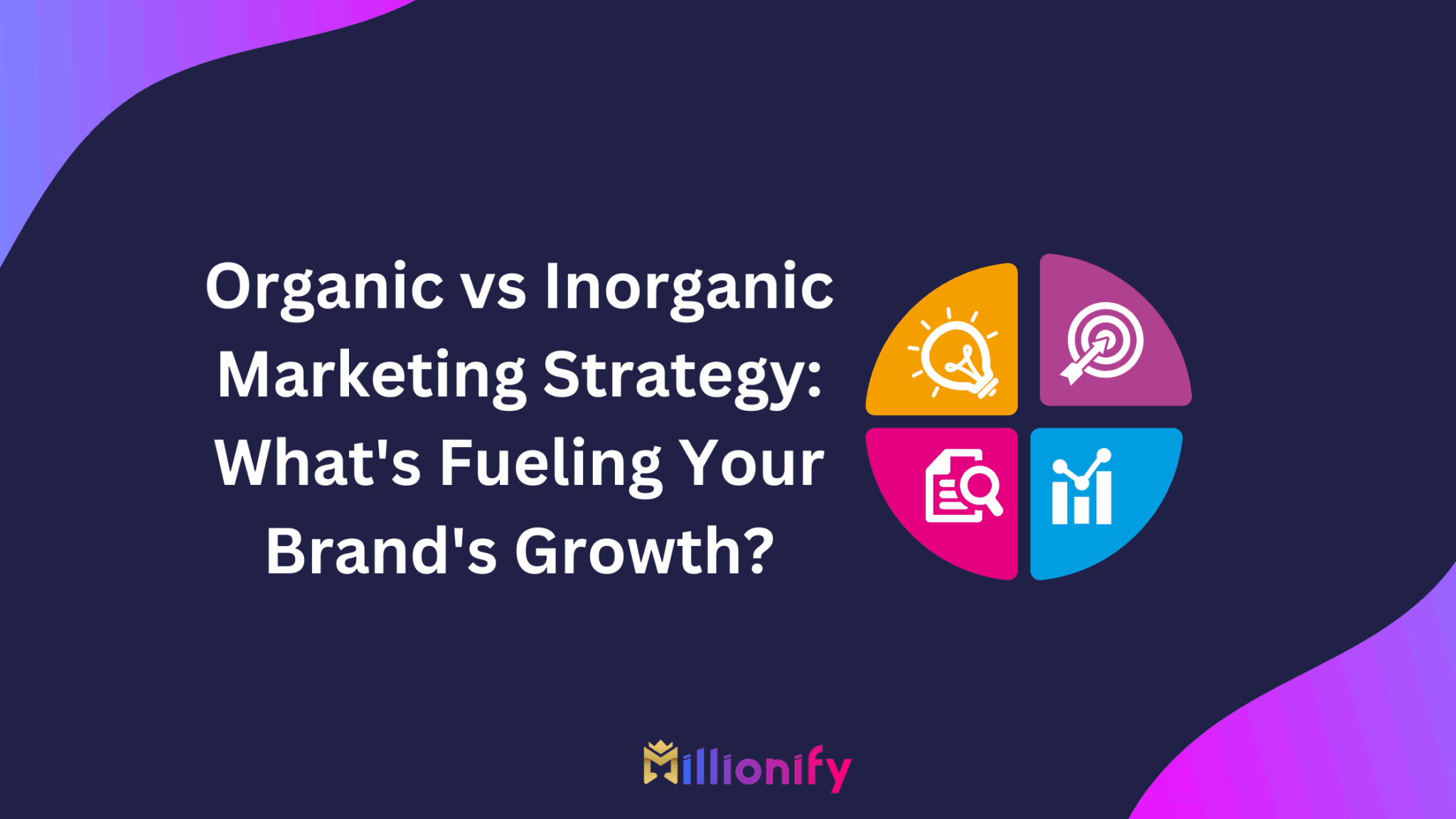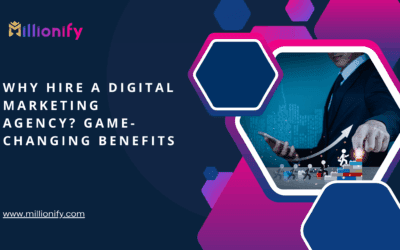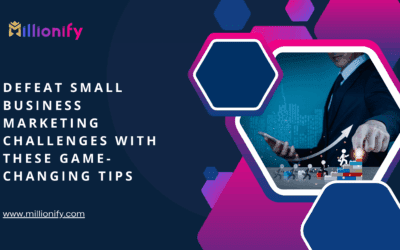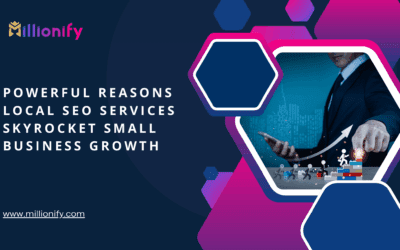Imagine walking into a bustling street market. On one side, a charming vendor engages passersby with authentic stories, samples, and smiles. On the other, a booming speaker shouts offers, neon signs flash discounts, and banners scream, “Buy Now!” That’s the essence of organic vs inorganic marketing strategy—one builds trust slowly, the other grabs instant attention.
So, how do you choose between the two for your brand? Or better yet, how do you strike a balance? Let’s dig into the details of each and figure out what your business actually needs to grow in a noisy digital world.
What is Organic Marketing?
Organic marketing is all about growing your brand naturally. You’re not paying directly to place your content in front of your audience. Instead, you create value-driven content that pulls people in like a magnet.
Examples include:
- Blogging
- Social media posts
- SEO (Search Engine Optimization)
- Email newsletters
- Word-of-mouth and referrals
This strategy thrives on trust, engagement, and long-term value. Think of it like planting seeds in a garden. With consistent nurturing, it grows beautifully over time.
Key Benefits of Organic Marketing
- Cost-Effective: No need to spend heavily on ads.
- Builds Authority: Content that ranks well shows your expertise.
- Long-Term ROI: One solid blog post can generate traffic for years.
- Community-Centric: Encourages authentic interactions with your audience.
Challenges of Organic Marketing
- Takes Time: Results aren’t instant.
- Requires Consistency: Skipping content updates can hurt your momentum.
- SEO Complexity: Competing for Google’s love isn’t always straightforward.
What is Inorganic Marketing?
Inorganic marketing (also called paid marketing) is the fast-track method. You pay to place your brand, message, or offer in front of your audience. It’s like flipping on a spotlight.
Common inorganic channels:
- Google Ads
- Facebook and Instagram Ads
- Influencer partnerships
- Sponsored posts
- Display and banner ads
If organic marketing is gardening, inorganic is a fireworks show—it’s loud, attention-grabbing, and immediate.
Key Benefits of Inorganic Marketing
- Fast Results: Turn on an ad today, get traffic tomorrow.
- Highly Targeted: Reach your exact audience based on behavior, demographics, etc.
- Scalable: The more budget you invest, the more reach you gain.
- Trackable Metrics: Real-time performance data makes optimization easy.
Challenges of Inorganic Marketing
- Can Be Expensive: Costs can balloon fast without strategy.
- Short-Term ROI: Once the ads stop, so does the traffic.
- Ad Fatigue: Users get tired of repetitive, salesy messages.
- Trust Gap: Paid messages may feel less authentic.
Organic vs Inorganic Marketing Strategy: Key Differences at a Glance
| Feature | Organic Marketing | Inorganic Marketing |
|---|---|---|
| Cost | Low (mostly time investment) | High (ad spend required) |
| Speed of Results | Slow and steady | Immediate |
| Longevity | Long-lasting impact | Short-term bursts |
| Credibility | High (trust-driven) | Lower (seen as promotional) |
| Control | Less control over reach | Full control via targeting |
| Analytics | Harder to measure ROI | Easy to measure and adjust |
| Scalability | Depends on content quality | Depends on budget |
| Best For | Branding, SEO, Engagement | Lead generation, Sales boost |
When to Use Organic Marketing
Organic marketing shines in scenarios like:
- Building long-term brand presence
- Establishing thought leadership
- Engaging communities over time
- Improving search engine visibility
Use it when you’re playing the long game.
Best Tip: Combine educational blog posts with consistent social media activity and optimized SEO to build your organic pipeline.
When to Use Inorganic Marketing
Go inorganic when you need:
- Immediate traffic or leads
- To promote a limited-time offer or event
- To test new markets or products quickly
- To retarget users who visited your site but didn’t convert
Best Tip: Start small, track everything, and double down on what works. Avoid “spray and pray” spending.
Combining Organic and Inorganic for Maximum Impact
Smart marketers know—it’s not one versus the other, it’s both working together.
Here’s how to make it happen:
- Use Paid Ads to Boost Organic Content: Promote high-performing blog posts or social content.
- Retarget Organic Visitors: Set up paid ads to follow up with users who engaged with your organic content.
- Data Synergy: Use insights from paid campaigns to inform organic strategy (and vice versa).
- Budget Balance: Allocate 60-70% of your efforts to organic, the rest to targeted paid campaigns.
This combo approach is like mixing cardio and strength training in your marketing workout. You get endurance and results.
Real-World Stats That Speak Volumes
According to HubSpot:
- 70% of marketers see SEO as more effective long-term than paid search.
- Paid advertising costs are rising year-over-year by 10–15% on platforms like Google and Meta.
- Organic content drives 3x more leads per dollar than paid ads (Content Marketing Institute).
Still think it’s a one-way street? Time to rethink.
Conclusion: Don’t Choose—Balance
If you’re serious about scaling your business, don’t pick sides in the organic vs inorganic marketing strategy debate. Think of them as teammates, not rivals.
Organic is your brand’s heartbeat—steady, loyal, and resilient. Inorganic is the adrenaline shot—quick, intense, and sometimes necessary.
Build content that connects. Use ads to amplify it. Track, tweak, and grow.
If it feels overwhelming, don’t worry. Partnering with a full-service digital agency like Millionify can help you build a smart, custom plan that balances both strategies while you focus on running your business.
FAQs
1. Is organic marketing better than inorganic marketing?
Not necessarily. Organic is great for long-term growth and trust, while inorganic is ideal for fast results. The best strategy often involves both.
2. How long does it take to see results from organic marketing?
It depends, but typically, SEO and content strategies take 3–6 months to show solid results.
3. Can a small business afford inorganic marketing?
Yes, if done smartly. Start with a small budget, test campaigns, and scale based on performance.
4. What platforms are best for inorganic marketing?
Google Ads, Facebook/Instagram Ads, LinkedIn (for B2B), and YouTube are top options depending on your audience.
5. Should I stop running ads once my organic traffic grows?
Not necessarily. Ads can complement organic growth and drive additional conversions. The goal is synergy, not substitution.



